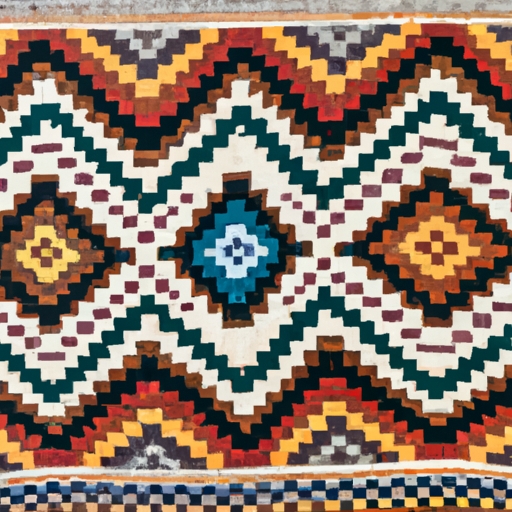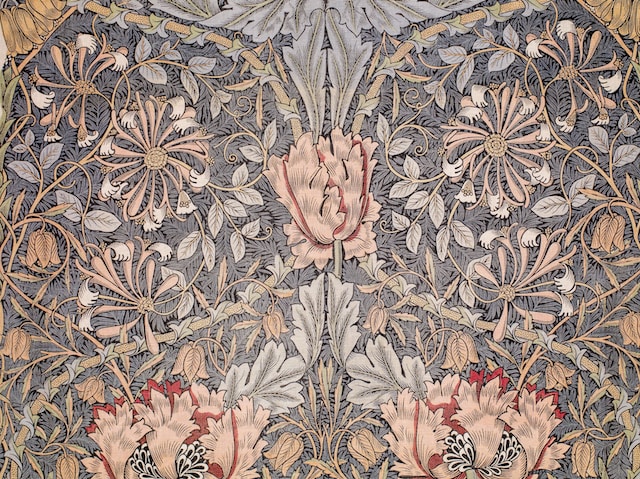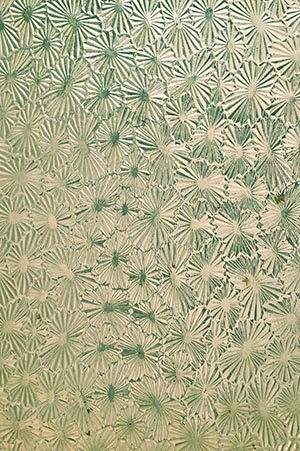
Navajo weaving holds a deep and rich history within Native American culture. The art of weaving has been a traditional practice among the Navajo people for centuries, passed down from generation to generation. These intricate patterns and designs woven into rugs hold significant cultural and spiritual meaning for the Navajo people.
The patterns found in Navajo rugs often reflect elements of nature, such as animals, plants, and landscapes that are important to their beliefs and way of life. Each rug tells a story or represents a specific aspect of Navajo culture, making them not just decorative pieces but also symbolic representations of their heritage.
The significance of Navajo weaving goes beyond its artistic value; it is also an important economic and social activity within the community. Historically, weaving was a way for Navajo women to support themselves and their families, as well as a means of preserving their cultural traditions in the face of colonization and assimilation efforts.
Today, Navajo rugs are highly sought after by collectors and art enthusiasts around the world for their beauty and craftsmanship. They serve as a tangible link to the past while also providing income for contemporary Navajo weavers who continue to carry on this ancient tradition.
In conclusion, Navajo weaving is more than just an art form – it is a vital part of Native American culture that connects past generations with present-day communities. Its history and significance speak to the resilience and creativity of the Navajo people, ensuring that their traditions will endure for generations to come.


